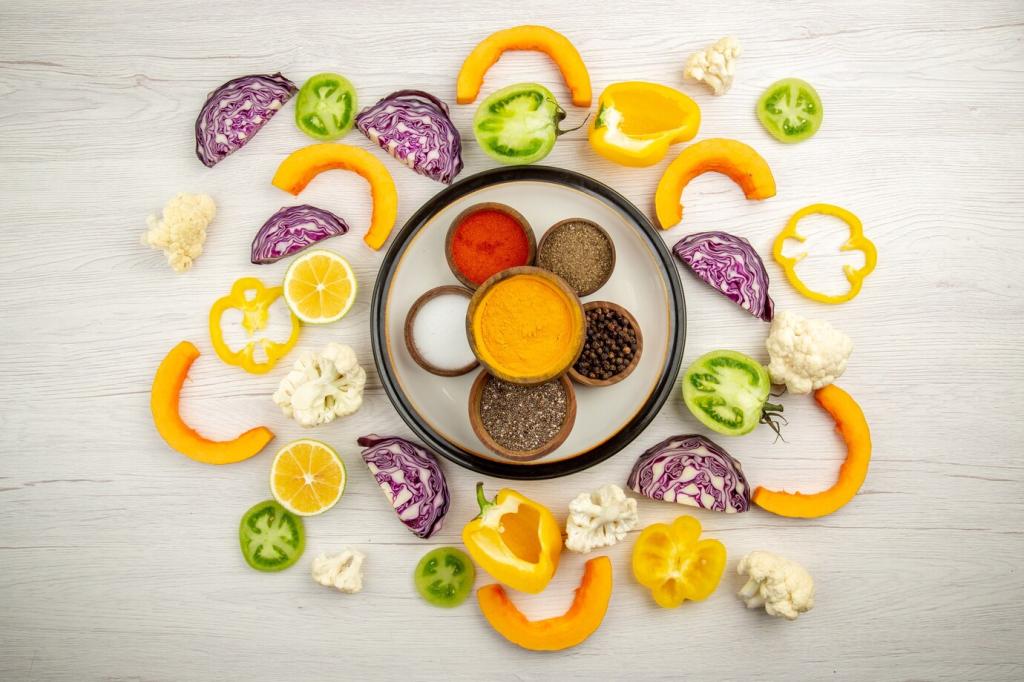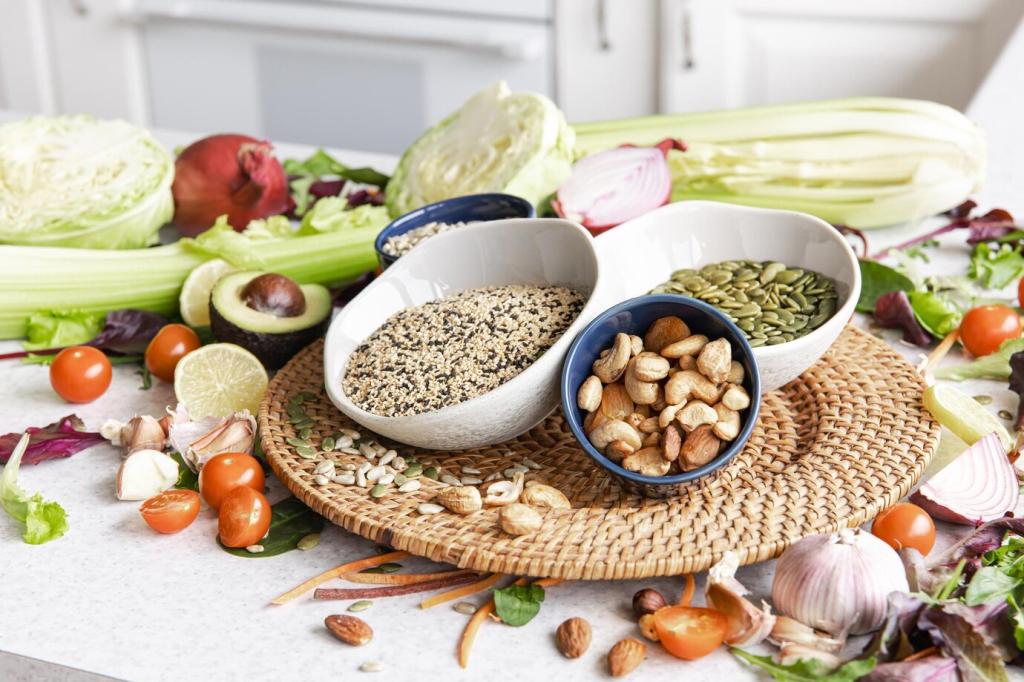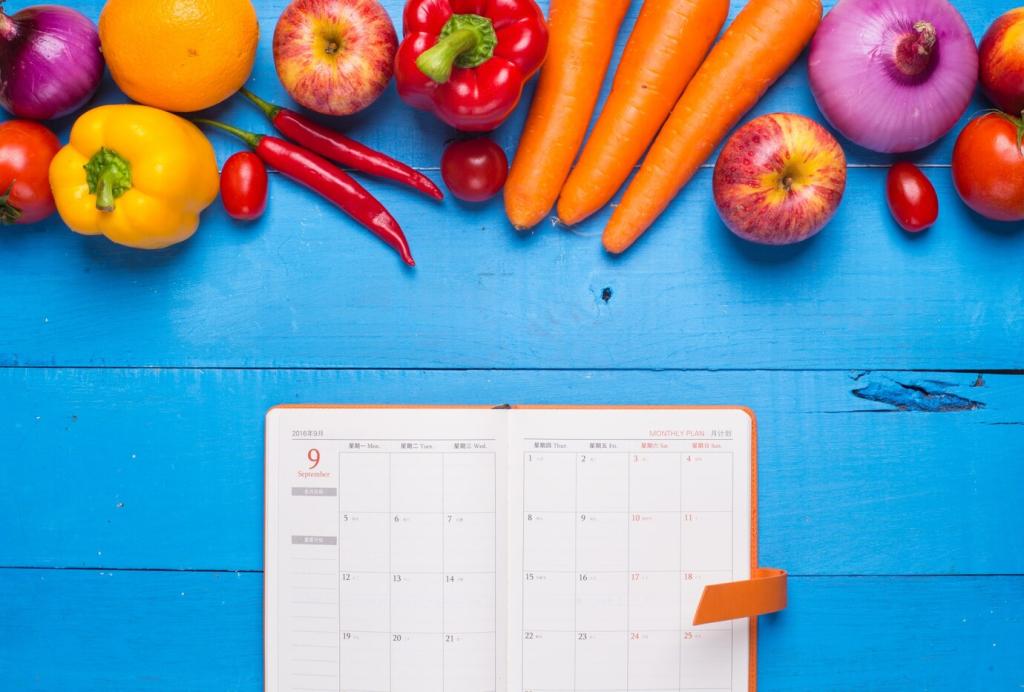
Hydration Tips for Active People: Fuel Performance, One Sip at a Time
Chosen theme: Hydration Tips for Active People. Discover science-backed strategies for runners, lifters, cyclists, and weekend warriors to drink smarter, recover faster, and train with confident, consistent energy.
Understanding Fluid Basics for Active Bodies
Water, Electrolytes, and Osmolality
Water carries heat away, electrolytes keep nerves and muscles firing, and osmolality drives absorption. Sodium and potassium help retain fluid, preventing cramping and dizziness. Balance matters: overly dilute drinks can slow gastric emptying, while concentrated mixes cause gut upset. Understand the chemistry so each sip works harder during demanding sessions.


Sweat Rates and Individual Variability
Your sweat rate is personal. Weigh yourself before and after a typical session to estimate fluid loss per hour. A one kilogram drop equals roughly one liter. Track weather, intensity, and clothing to see patterns. With data, you can plan bottle volumes, electrolyte strength, and refills instead of guessing for every workout.
Pre-Workout Hydration Routines
Two hours before training, drink roughly 5–7 milliliters per kilogram body mass, then another 3–5 milliliters 15–20 minutes out. Include a pinch of sodium to enhance absorption and retention. This gentle preload avoids sloshing, stabilizes plasma volume, and helps you start strong without emergency water stops in the opening miles.
Hydrating During Exercise
Most active people land between 0.4 and 0.8 liters per hour, but your number depends on heat, body size, pace, and acclimation. Use your sweat tests, then round to practical bottle marks. If you feel bloated or crave salt, adjust in small steps instead of swinging wildly between extremes.
Hydrating During Exercise
Electrolyte needs vary widely. Many athletes do well with 300–700 milligrams of sodium per liter; very salty sweaters may need 800–1000. Mix powders to target your range, or alternate sports drink and water. Note cramping patterns, swollen fingers, or salt streaks on clothing to refine your approach across different seasons.
The 150 Percent Rule After Weigh-Ins
After your session, replace about one and a half times the fluid you lost to cover continuing sweat and urine. Add sodium through a sports drink, broth, or salty snack to keep that water on board. Spread intake across one to two hours to feel restored rather than waterlogged and sluggish.
Carbohydrates, Protein, and Fluids Together
Fluids carry nutrients to muscles. Combine 20–30 grams of protein with carbohydrates and water to speed glycogen replenishment and repair. Chocolate milk, smoothies with yogurt and fruit, or rice bowls plus a tall glass all work. Share your favorite recovery combo below, and inspire another athlete’s routine this week.
Rehydrating Without GI Distress
An upset stomach can undo a great session. Sip steadily, not in giant gulps, and keep drinks cool, not icy. Moderate sweetness improves palatability without overwhelming the gut. If sensitive, try lower-fructose mixes, a bit of ginger, and short walks during rehydration. Tell us what gentle tricks help your stomach.
On a blazing race day, Maya drank at every aid table without salt, finishing woozy and swollen. Later testing showed low sodium. The fix was simple: she matched intake to sweat rate and added modest sodium. Her next marathon felt lighter, steadier, and safer. What hard hydration lesson reshaped your fueling?
Real-World Stories and Mistakes to Avoid
Tools, Tracking, and Habits
01
Weigh, Log, Repeat
Make feedback your superpower. Weigh in dry, train normally, then towel off and weigh again to learn your hour-by-hour losses. Record temperature, humidity, pace, and how you felt. Patterns emerge quickly, guiding smarter preloads, bottle counts, and electrolyte targets. Comment if you want a downloadable tracker to get started.
02
Bottle Strategies and Reminders
Carry what you will actually drink: a soft flask for runners, insulated bottles for cyclists, a marked jug at your desk. Add time cues on tape to pace sips. Use phone reminders during long rides and meetings alike. If this helped, subscribe for weekly hydration prompts and seasonal heat-acclimation checklists.
03
Community Check-Ins
Hydration sticks when it is social. Post your sweat-rate numbers, favorite mixes, and “oops I forgot my bottle” stories. Ask questions, swap routes with reliable fountains, and tag a training partner who needs this refresher. Subscribe to our newsletter so new weather-specific hydration guides land before forecast changes.
